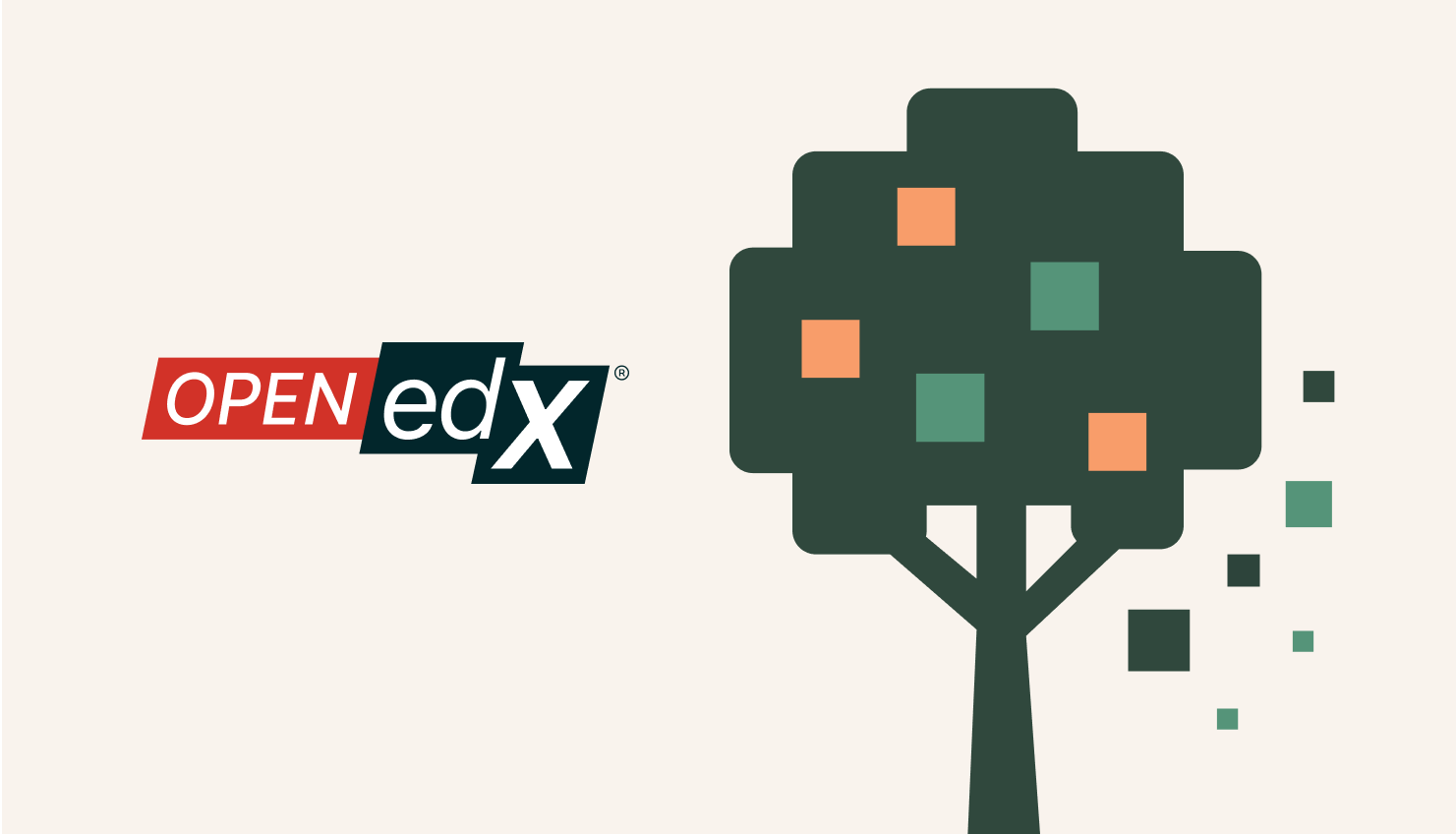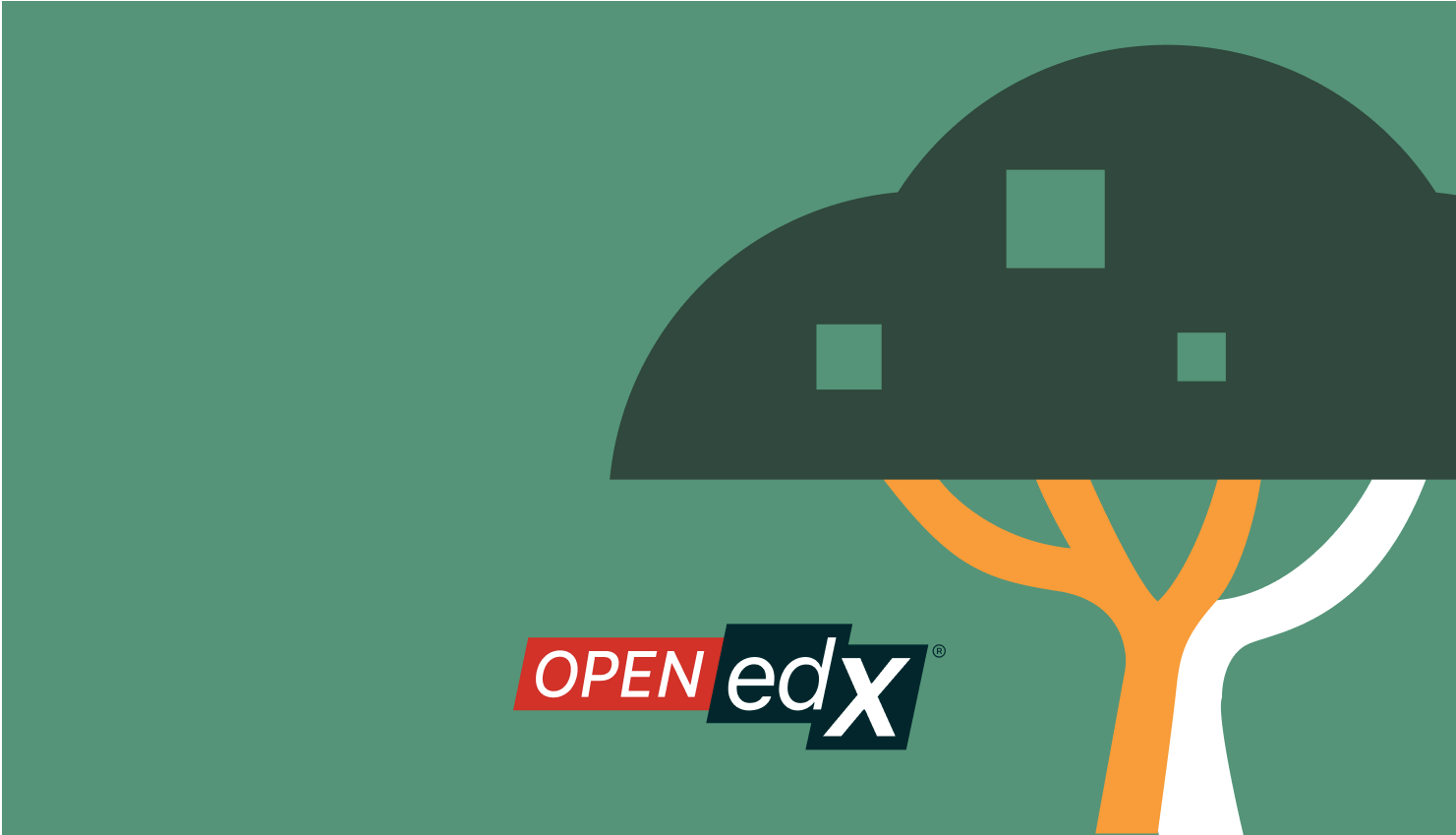eHow it all began
edX project was started back on May 2nd, 2012, when Harvard and MIT decided to launch a joint educational initiative. Marco Morales’s input helped us better understand the story of edX evolution:
“The core idea of Open edX is providing open-sourced easily scalable access to top-notch education tools. We are finding out how huge scale impacts the process of learning. So, we are pushing the boundaries of possible and finding new ways of education.
We open sourced the code on July 1st, 2013 and partnered with Stanford, who moved from developing their Class2Go platform to being contributors on Open edX. When the platform was first released, we had only a dozen courses and about 6 –10 partners.
The platform grew so fast we have some pieces we still cannot unite with other ones. That is why circa 2 years ago, on the 28th October of 2014, we published the first named release – Aspen, which aimed at stabilizing the codebase in order to create a checkpoint for unification amongst different instances. Since then we had 5 major releases – Birch, Cypress, Dogwood and Eucalyptus. The next planned release, Ficus, should be released in the end of 2016.
We are moving to making our roadmaps more public and open so that open-source developers can concentrate their efforts on the most important areas. There currently is a pretty long list of improvements we are currently working on, including several pull requests from Raccoon Gang (On-Campus proctoring, Examus proctoring, Multi-proctoring, Conditional Xmodule, etc.)”
Here is what Alex Kryklia told us:
“I have ample experience in web development and adore taking on hard tasks, so when I got a chance to work with Piotr Mitros, chief scientist of edX.org, I agreed at once. During 2012 our “blades” team had developed various course components to augment and improve the learning process – chemical equation, video player, drag&drop problem, etc.
In less than a year the quantity of courses grew to hundreds and edX decided to go open source in order to involve huge international community of developers into further improvement of the platform, so the “blades” team was refocused to work on platform stability and video player evolvement. My time with edX worked wonders and helped me gain a new level of code development and project management proficiency. I am grateful to the edX team for this opportunity and continue to actively collaborate on Open edX platform development as the co-founder of Raccoon Gang.”
What was achieved?
There are lots of milestones to mention for these 4 years:
Open sourcing the code – July 1st, 2013
120 French universities formed a national portal – October, 2013
Chinese Open edX portal XuetangX – October, 2013
Edraak, Arabic Open edX platform – November, 2013
Global Freshman Academy – April, 2015
Mobile app launch – May, 2015
MicroMasters program launch – September, 2015
23 millions of enrollments – April, 2016
In only 4 years, the Open edX LMS gained more than 100 partners, over 1300 courses are currently available on edx.org, and there are currently nearly 10,000,000 active learners. These numbers can be doubled if we add the learners from open source Open edX installations. One of the goals is to reach 1,000,000,000 learners in 10 years, while Chinese portal XuetangX has more than 5,000,000 learners already. 41% to 9% drop of reassessment need of Open edX courses clearly shows the quality and efficiency of learning process provided.
MicroMasters program launch back in 2015 was an undoubted success, with leading universities and corporations across the world joining the initiative and pushing their curriculums and corporate training programs online. For example, Microsoft surpassed one million learners on Open edX in July 2016. In our opinion, Open edX resembles a tiger readying for a leap and even more greatness awaits in the future.
What lies ahead?
Some more insider information from Marko regarding the plans for Open edX improvement:
“We have 2 major goals for the next 2 years:
- a big change in the learner’s experience
- making the platform more extensible and faster to develop on
Initially , we spent a lotof time on infrastructure and the instructor’s experience, helping to reduce the average cost of producing a high-quality MOOC course. Today, we’re beginning to focus more on the student experience and concentrate on automating course creation, so the check goes down to make the market more accessible for new participants. Current technology roadmap goals include separate services and applications, faster development cycles, and the creation of clear and clean APIs.”
Raccoon Gang team is sure Open edX LMS can reach the goals set and transform education as we know it today. Congratulations on a job well done so far and the best of luck!




